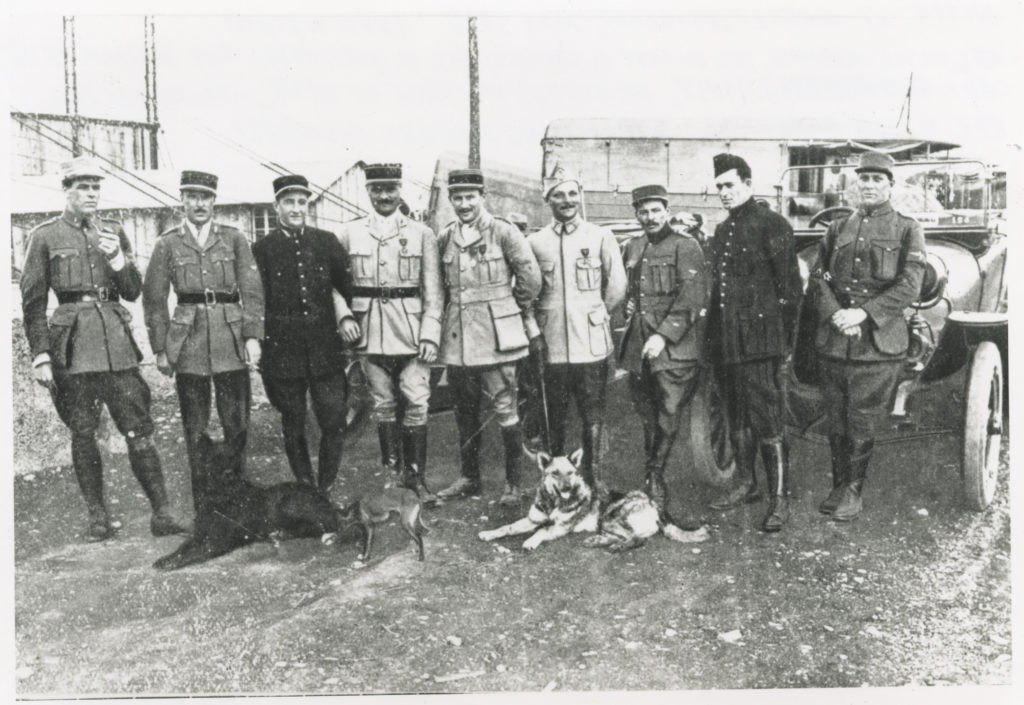
Yesterday was a solemn anniversary of sorts, covered in the Cavalier Daily (Ceremony honors 100th anniversary of alumnus’s death in WW I) and UVA Today (UVA Honors Inspiration for “Winged Aviator” Statue, 100 Years After His Death). I’ve written about McConnell before, both as student and martyr. On this hundredth anniversary of his slaughter, it seems fitting to reflect on his legacy and what he represents.
First, McConnell was at once the last and first of his kind. First because he was the first UVA student to be killed in that awful war; last because he was the last American airman killed before the United States officially entered the war April 6, 1917, just 18 days after his death. He was also effectively the last American warrior-as-adventurer, in the model of Teddy Roosevelt or the other early 20th century military leaders who held greater fame in civilian life.
Indeed, his decision to head to France, and later join the Escadrille after serving as an ambulance driver, is best read through the lens of Roosevelt as a role model. As he is quoted in the introduction to his memoir Flying for France, “These Sand Hills will be here forever, but the war won’t; and so I’m going.” But later he was converted to the belief of the absolute rightness of the French cause, and so he entered his combat role.
He was last in another way too—probably the last prominent UVA student to partake so fully of UVA’s extracurricular offerings. As King of the Hot Feet he was part of the University’s tradition of revelry; as one of the earliest known members of the Seven Society he was a founder of the tradition of more sober and secretive organizations that focused on good works.
The UVa Library has a comprehensive exhibit on McConnell’s life online, showing not only his letters home and artifacts from his plane and personal effects, but a memoir from his frequent correspondent Mademoiselle Marcelle Gúerin. Reading the material is a sobering reminder of a time when causes were just and consequences were mortal.
